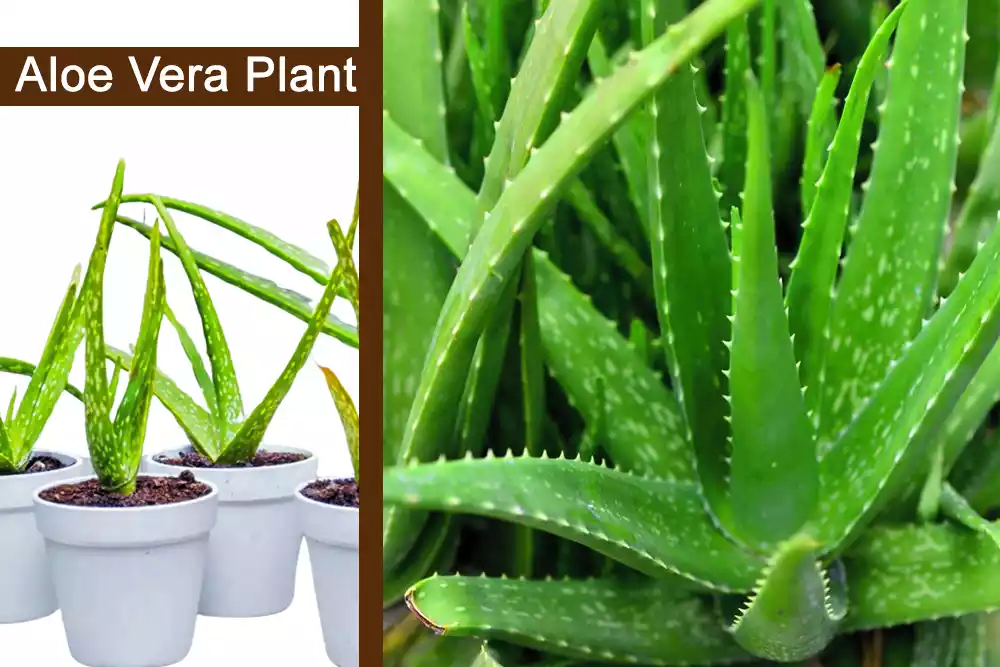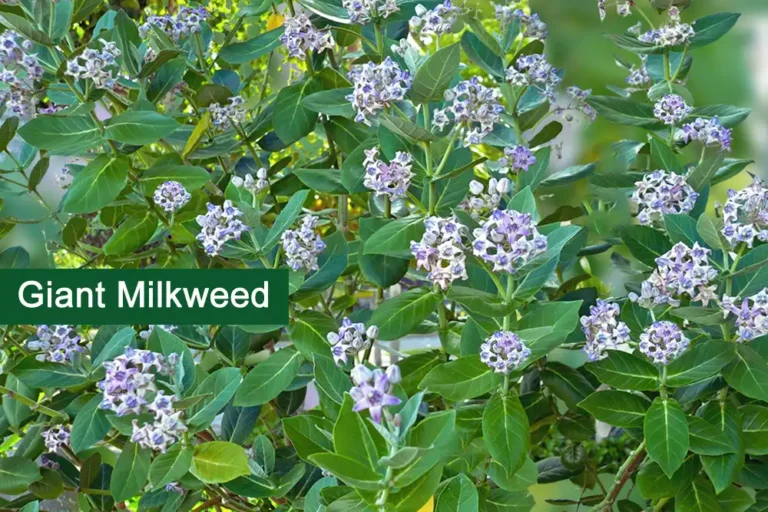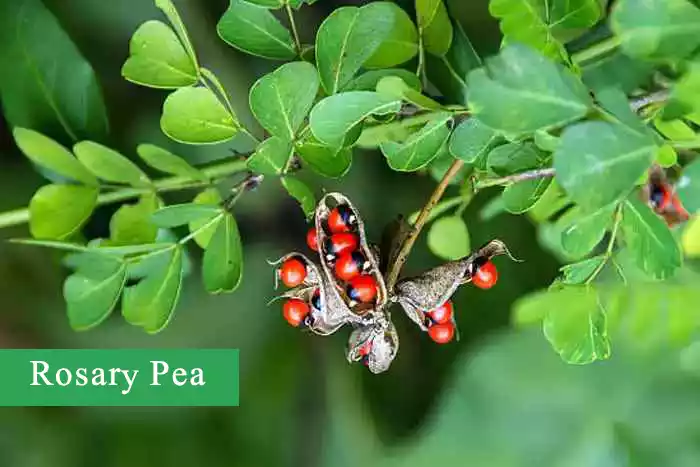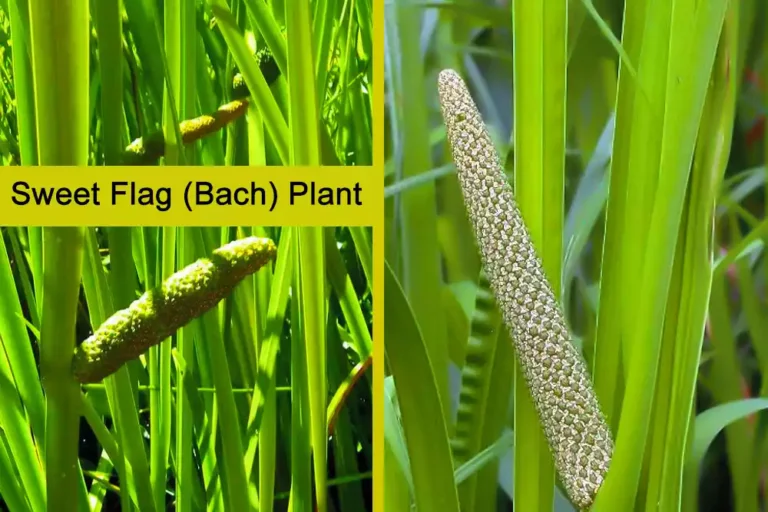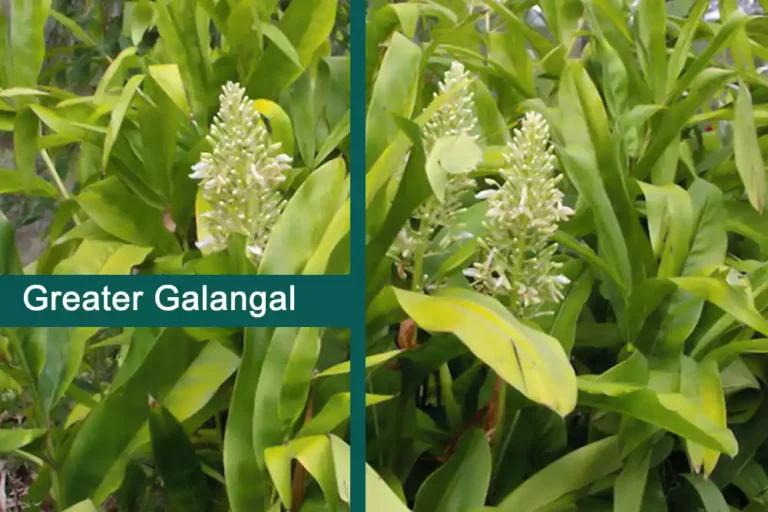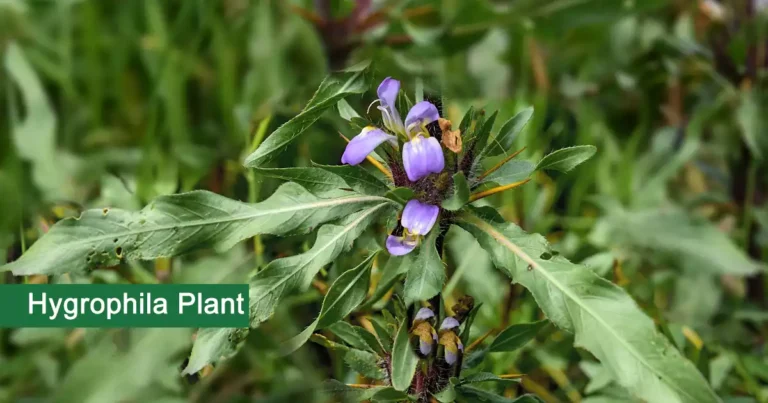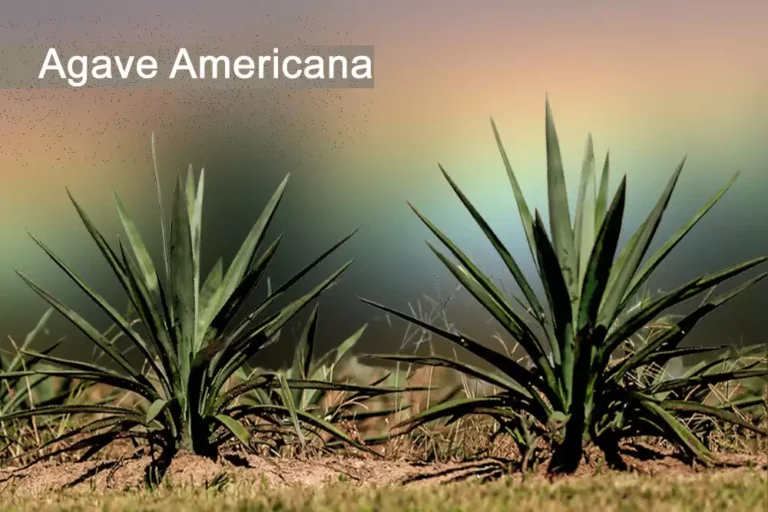Aloe Vera Plant (Burn Plant) Medicinal Uses, and Benefits
The Aloe Vera plant (Burn Plant), also known as Aloe barbadensis miller, True Aloe, Burn Plant, Barbados Aloe, Kanwar gandal, Musabir. Find out the medicinal uses, benefits, and how to identify and grow this plant, and the traditional and international uses of Aloe Vera.
Table of Contents
Aloe Vera Plant Overview
| Botanical Name | Aloe barbadensis Mill |
| English Name | True Aloe, Burn Plant, Barbados Aloe, |
| Urdu Name | Kanwar gandal, Musabir, |
| Common Name | Aloe Vera, |
| Family | Liliaceae |
| Habit | Perennial herb |
| Part Used | Leaves, Gel, |
| Medicinal Plants | Explore |
Distribution of Aloe Vera Plant
Aloe Vera plant (Burn Plant) grows naturally in Africa, America, Europe, and Asia. In Pakistan, it is found in Sind, Punjab, and some areas of Balochistan.
Aloe Vera Plant (Burn Plant)
Aloe Vera plant (Burn Plant) is an erect herb that has a thick fibrous root which produces large basal leaves. The height of Aloe Vera is 1 m and Spread is 0.30 m. The leaves are one to two feet long, two to three inches wide, gradually tapering to a point.
They are whitish green on both sides and bear spiny teeth on the margins. Flowers are red, yellow, purple, or orange colored, cylindrical, pedicillate, lower ones drooping; perianth dull reddish, cylindric, segments 6, almost equaling the oblong tube like part. The fruit is a triangular capsule containing numerous seeds.
Medicinal Uses of Aloe Vera Plant
Folk use
Aloe Vera plant (Burn Plant) has long history as skin lotion. It is used for scrapes, scalds burn, in particular radiation burns. The gel is soothing and astringing. It can also be used for peptic ulcers and irritable bowel syndrome. Aloe Vera cooked with mince is useful in backache, and joints pains.
Tib use
Protect face skin; heal burns and decreases inflammation, also used for constipation apart from its external use on the skin.
International use
The Aloe Vera plant (Burn Plant) is emmenagogue, emollient, laxative, purgative, stimulant, stomachic, and tonic, vermifuge and vulnerary. It has two distinct types of medicinal uses. The clear gel contained within the leaf makes an excellent treatment for wounds, burns and other skin disorders, placing a protective coat over the affected area, speeding up the rate of healing and reducing the risk of infection. This has an immediate soothing effect on all sorts of burns and other skin problems.
Culinary use
The Sweet dish prepared from pulp of the leaves is useful for relief of pain especially for female after delivery.
Side Effects of Aloe Vera Plant
Although side effects as a result of drinking the juice of the Aloe barbadensis leaf are rare but it can cause intestinal discomfort such as cramping, loss of electrolytes, and a fluid imbalance in the body.
Constituents of The Aloe Vera
The various constituent elements found in Aloe Vera (Burn Plant) include: beta-carotene, vitamin B1, vitamin B2, folic acid, Vitamin C, Vitamin B3, Vitamin B6, Vitamin E, choline, calcium, chromium, chlorine, lysine, threonine, valine, methionine, leucine, isoleucine, phenylaianine, tryptophane, histidine, arginine, alangal alanga, aspartic acid, serine, glutamic acid, isobarbaloin, barbaloin, cinnamic acid, emodin, aloe emodin, ester of cinnamic acid, anthracene, antranol, aloetic acid, aldonentose, l-rhamnose, uronic acid, xylose and glucuronic acid.
Climate and Growth Conditions
- Climate: Tropical regions.
- Temperature: Max: 23°C, Min: 16°C
- Rainfall: 800 mm/year
- Soil: The plant prefers light sandy, medium loamy and well-drained soil.
- pH Range: 6-8.5
- Reproduction: By seeds and division of offsets.
FAQs
-
What are the benefits of aloe vera?
Moisturizing, soothing, and healing of the skin are some of the many benefits of aloe vera. It can treat sunburns, minor burns, cuts, and wounds as well. Furthermore, it has some potential anti-inflammatory and antimicrobial properties.
-
Do aloe plants need a lot of sun?
Aloe plants grow best in bright light but indirect sunlight. Strong or direct light is not necessary since this may cause sunburning or scorching on leaves.
-
Is aloe vera a plant or tree?
Actually, Aloe is not a tree but a type of succulent plant that has thick fleshy leaves belonging to the family Asphodelaceae.
-
How do you take care of an aloe vera plant?
Generally speaking, these plants are quite undemanding when it comes to their care routine. They thrive in well-draining soil with occasional watering and indirect sunlight exposure only. Too much watering should be avoided since it can result in root rot.
-
What is Aloe barbadensis Miller?
This variety of Aloe Vera which is referred to as Aloe barbadensis Miller has been cultivated for millennia and its scientific name denotes so too. Its medicinal properties have made it famous among users everywhere mainly because they believe that it helps in accelerating wound healing processes among other diverse applications.
-
How do you identify Aloe barbadensis Miller?
Aloe barbadensis Miller usually has thick, pointed, succulent leaves with serrated margins. The leaves are usually gelatinous. There may also be yellow or orange flowers on long slender stems.
-
Can you eat Aloe barbadensis Miller?
Even though the gel is safe to eat in small quantities, it must be remembered that the latex from just under the skin of the leaves can behave as a laxative and should not be taken in large amounts.
-
Which type of aloe vera is best?
Aloe barbadensis Miller is widely believed to be better than other types of aloe vera due to its medicinal and cosmetic properties. Nevertheless, there are other species derived from the same plant such as Aloe arborescens as well as Aloe ferox that have curative attributes; thus, whichever you choose will depend on your individual needs and desires.

